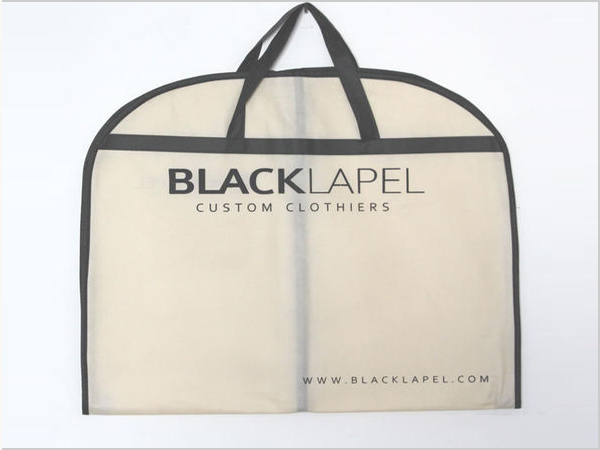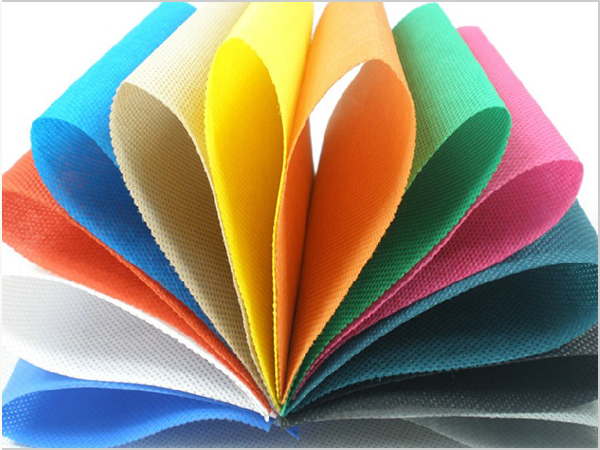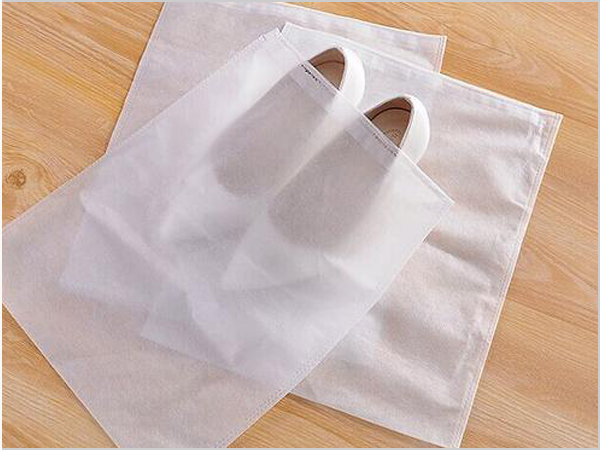- Xiangshuo has stood out in the field of spunbond nonwoven fabrics!
- How should enterprises respond to the impact of repeated tariffs
- PP non-woven fabric is a new type of environmental protection material!
- Under the tariff challenge, the textile and garment industry has a new opportunity
- Spunbonded non-woven fabric is an efficient, multi-functional modern material!

- Telephone: 0551- 66779966
- Cellphone: 18955130444
- Email: 58792982@qq.com
- Address: Building 1-2, East of Wubu Village Section, Hehuai Road, Wushan Town, Changfeng County, Hefei City, Anhui Province
Anhui Xiangshuo teaches you how to distinguish between spunbond nonwoven fabric and meltblown fabric!
Since the spread of the new crown pneumonia epidemic, masks have become a must-have item for everyone. Stimulated by the huge market, mask manufacturing companies have sprung up in large numbers.
The manufacturing process of the mask is very simple, there are no technical difficulties, the key is in terms of materials-many new mask manufacturers have never been involved in the mask industry, unable to distinguish between spunbond nonwoven fabric and meltblown nonwoven fabric, causing many problems.
So what is the difference between non-woven fabric and melt-blown fabric? Let's take a look:
1. The difference between non-woven fabric and melt-blown fabric
Non-woven fabric: Polypropylene pellets are mostly used as raw materials.
Meltblown cloth: mainly made of polypropylene.
2. The difference between the advantages of non-woven fabrics and melt-blown fabrics
Non-woven fabrics: moisture-proof, breathable, flexible, lightweight, non-combustible. It is easy to decompose, non-toxic and non-irritating, rich in color, low in price, environmentally friendly and recyclable.
Meltblown cloth: The fiber diameter can reach 1 to 5 microns. There are many voids, fluffy structure and good resistance to folds. The ultrafine fibers with unique capillary structure increase the number and surface area of fibers per unit area, so that the melt-blown cloth has good filtration, shielding, heat insulation and oil absorption.
3. The difference between the structure and application of non-woven fabric and melt-blown fabric
Non-woven fabric: No warp and weft, high-temperature melt-spinning forming, cutting and sewing are very convenient, light and soft, can be treated with water resistance, hydrophilicity, UV resistance, etc., widely used in health materials, industry, agriculture and so on.
Meltblown cloth: It can be used in the fields of air, liquid filter materials, insulation materials, absorption materials, mask materials, thermal insulation materials, oil-absorbing materials and wipers. Meltblown cloth is the core material of the mask.
Anhui Xiangshuo Nonwoven Technology Co., Ltd.'s main experience scope: R&D, production and sales of non-woven fabrics, non-woven products, and new non-woven materials; manufacturing and sales of chemical fiber equipment and non-woven equipment; plastic masterbatch functional masterbatch R&D, production and sales; R&D, production and sales of outdoor products; R&D, production and sales of PE woven tarpaulins, furniture covers, plastic nets, trash cans, and plastic houses.
If you need non-woven fabrics, spun-bonded non-woven fabrics, pp non-woven fabrics, outdoor products related needs, you can contact us, if you want to know more about our company, please contact: Mr. Xiang, mobile phone number: 18955130444 , Address: Room 210, Building 6, Public Rental Building, Xinqiao International Industrial Park, Shou County, Huainan City, Anhui Province, Website: http://www.xsfzzb.com
- Xiangshuo has stood out in the field of spunbond nonwoven fabrics!
- How should enterprises respond to the impact of repeated tariffs
- PP non-woven fabric is a new type of environmental protection material!
- Under the tariff challenge, the textile and garment industry has a new opportunity
- Spunbonded non-woven fabric is an efficient, multi-functional modern material!
- By the wind of gold, silver and silver, Keqiao Textile set sail
- PP non-woven fabrics occupy an important position in many fields!
- Textile industry is tested How should textile people cope with such challenges?
- What is the production process of spunbonded nonwovens?
- How to achieve revenue growth driven by policy dividend and technological revolution?



